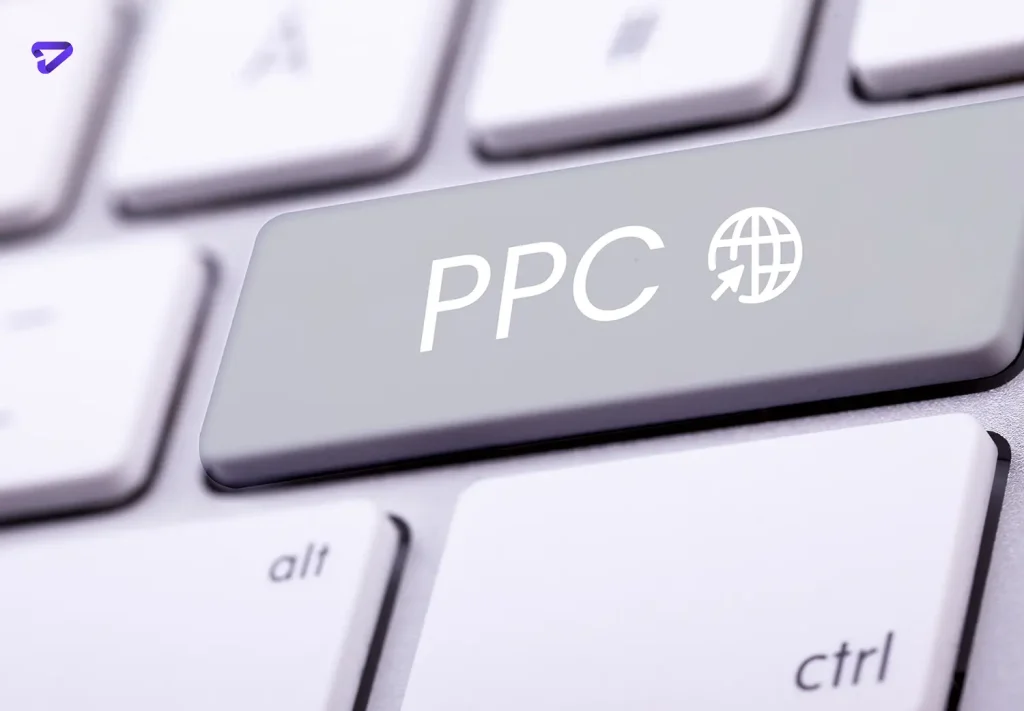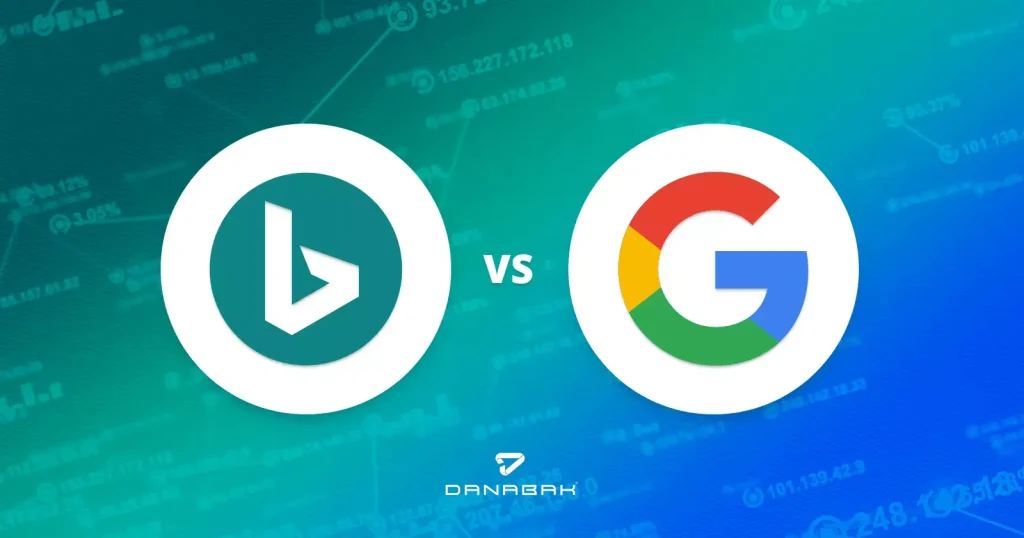
Bing PPC Ads: How They Work (and Compare to Google Ads).
Bing PPC Ads allow businesses to display their advertisements on the Bing network, targeting specific audiences to increase visibility and conversions.
Pay-per-click (PPC) advertising is among the most prevalent and effective ways businesses seek to advertise their products or services via the Internet.
In this regard, Bing PPC Ads provides a special platform where advertisers can tap into the large audience on Microsoft’s search engine.
For any business interested in making the most of its online advertising efforts, it is important to understand how Bing PPC Ads work and how they compare to Google Ads.
This article takes a deep dive into Bing PPC Ads, revealing their features, the advantages they pose, and how they compare to Google Ads.
Whether you are starting with Hevaan or seeking Google alternatives, this post will immensely help you make informed decisions in online advertising campaigns.
What are Bing PPC ads?
Bing PPC Ads are the Pay-Per-Click advertising option the Bing search engine provides. Advertisers bid on keywords that pertain to their products or services, as in the case of Google Ads.
When these keywords are searched on Bing, ads are shown, and advertisers pay only when users click the ads.
Bing PPC Ads enable businesses to access a broad online audience by offering accurate demographic targeting and Microsoft ecosystem integration features.
Bing PPC Ads is another major cost-effective platform that advertisers can use to increase their online visibility and reach the targeted audience.

Major Characteristics of Bing PPC Adverts
Some of the key features of Bing PPC ads include
1. Keyword Dynamics and Ad Placement:
Bing PPC Ads resemble Google Ads that work based on auctions for keywords.
It, therefore, displays only those ads whose bids and relevance features are highest when users in Bing search using the said keywords through an auction-based system where advertisers bid on relevant terms.
Thus, a targeted strategy is set to find the right audience of users ready to buy the product or at least get interested in it.
2. Precision Targeting Capabilities:
Bing Ads have strong targeting capabilities. The campaigns can be adjusted depending on demographic aspects such as age, gender, and even region.
This level of precision targeting makes it very customized, as it is more likely to be popular with businesses interested in reaching specific audience segments.
3. Integration with Microsoft Ecosystem:
Bing PPC ads fit smoothly with Microsoft’s vast ecosystem. In addition to this, the integration gives advertisers innovative benefits that allow them to tap into data from platforms such as LinkedIn and Microsoft Advertising Intelligence.
These are useful insights for marketers when tweaking their marketing strategies to increase the effectiveness of advertisements.
4. Cost-Effective Clicks:
One of the gains of Bing Ads is affordability, which normally exposes it to a lower Cost-Per-Click (CPC) compared to Google Ads.
More importantly, this cost-effectiveness turns the tables for budget-bound business premises by offering a substantial existence online without the expensive costs required.

Bing PPC Ads vs. Google Adwords: A Comparison
1. Audience Reach
No doubt, Google Ads has a wider target audience base, considering the monopolistic nature of the search engine market.
Nonetheless, it should be noted that Bing’s user base includes Microsoft product users.
Depending on the target demographic, Bing can provide a significant audience that fits particular business objectives.
2. Competition and Bidding Landscape
Compared to the cutthroat competition on Google Ads, Bing Ads often operates in a less saturated landscape. This is huge regarding ad placements- this could mean cheaper bidding.
This is an attractive opportunity to increase the Return on Investment (ROI) for businesses with little advertising financial plans.
3. Ad Formats and Performance Metrics
Both Bing and Google Ad formats are diversified, and advertisers can try different styles. Further, the two have strong campaign analysis tools.
The Click-Through Rate (CTR), Conversion Rate, and Return on Ad Spend (ROAS), among others, are vital metrics for successful campaigns.
4. Click-through rate (CTR)
So, as you look at the performance of your ads, you’re going to look at CTR. Google Ads and Bing Ads Average CTR.
CTR on Bing Ads averages 2.83%. The average CTRs for Google Ads are 1.91% (Search Network), and 0.35% (Display Network) in the Bing Ads vs.
Bing Ads has a much higher CTR than this in the Google Ads matchup. However, if you adopt Bing Ads, you will need a strong ad and offer to motivate users to click on your ads.
5. Cost per click (CPC)
You will also need to get information regarding the Google Ads and Bing Ads average price per click (CPC) as you view affair rates.
In line with that, CPC describes the payment one gets when another person clicks on your ad instead of viewing or responding to your ad, such as buying an item. What Is The Average Bing Ads And Google Ads CPC?
The mean value of a Cost per Click (CPC) at Bing Ads constitutes $1.54. Google Ads has an average CPC of $1 to $2. Yet again, for a small ad budget, Bing Ads will offer to lower it.
However, you should keep in mind that you have to consider your ad performance. You are not saving money if you are earning poor results—you are wasting it.
This is why your business needs to keep a tab on how your ads perform and test out different ad platforms such as Google and Bing.
6. Conversion rate
Imagine that your online advertising has another cant-ignore metric that helps determine how well it converts.
It measures the number of users who accomplished that ad’s goal, such as calling your business or buying your product, versus those who clicked on your ad but didn’t complete it.
2.94% of Bing Ads leads to conversions. It’s about 3.75% on average for Google Ads. This makes Bing Ads an average choice, although it has a lower conversion rate than Google Ads, which is understandable considering that many advertisers use the network.

Google Ads or Bing Ads?
How much do ads pay per click varies by industry, target audience, and competition, typically ranging from a few cents to several dollars.
Using Bing Ads over Google AdWords is not an absolute decision because each increases the benefits of using the other.
However, Bing Ads must not be ignored as it provides a chance to benefit from Google’s considerable search share”.
A strategic way is to start your campaigns in Google Ads, then diversify by allocating a piece of the growing budget into Bing Ads or Microsoft Advertising. This, in turn, enables experimentation and adaptation.
While most of your budget should go toward Google Ads, leaving a portion for Bing Ads guarantees a comprehensive advertising plan you can tweak as needed.
Conclusion
In short, choosing Bing Ads and Google Ads is conditional on your goals and budget.
On the other hand, Google Ads is more popular and has a higher reach, but Bing Ads is relatively cheaper and offers unique targeting options.
Begin with Google Ads, and as your budget increases, consider trying Bing Ads. Adjust your ads as needed based on how well they are performing.
To get noticed in your area, consider using Google Local Service Ads. You can achieve the best results and succeed online by advertising on both Bing and Google.
Danabak Agency specializes in deploying Google Ads in Charlotte, helping local businesses enhance their online presence and attract more customers.








